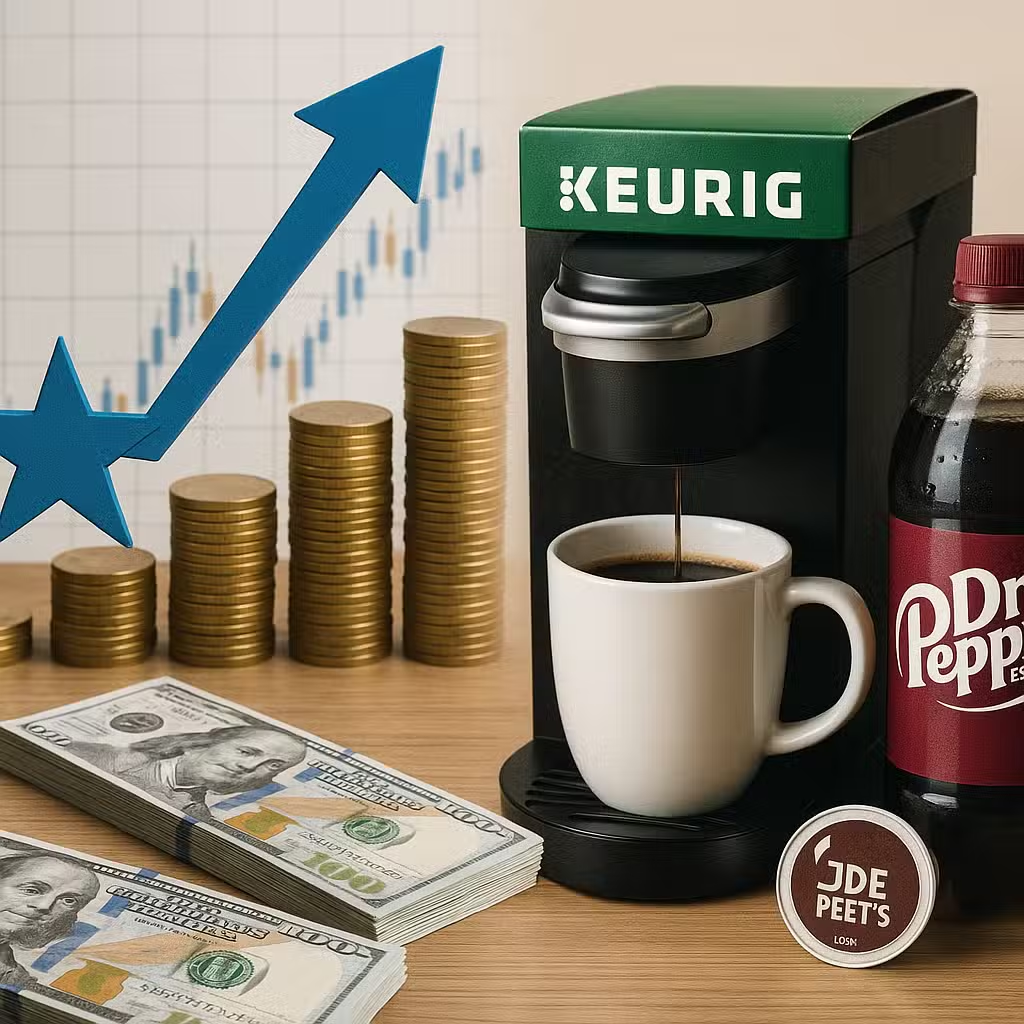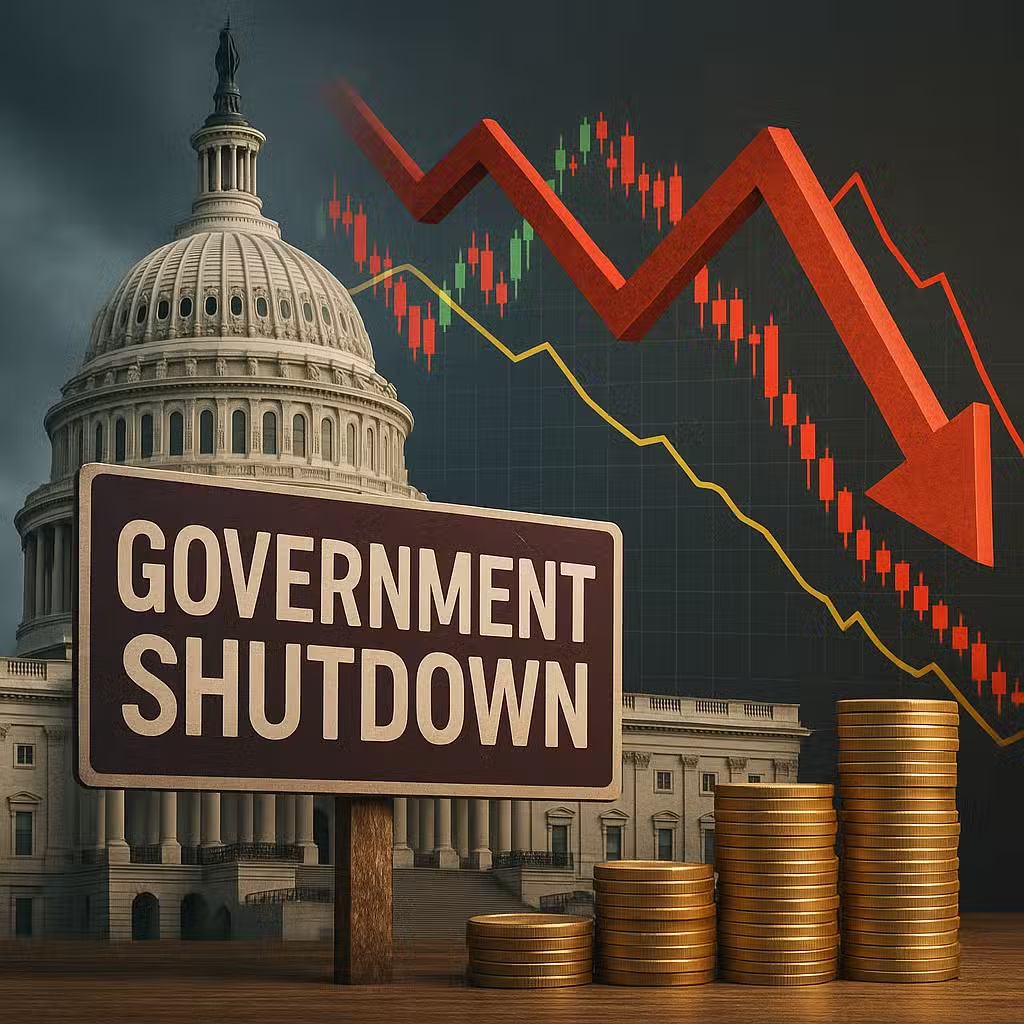GM Stock Gains After UBS Upgrade, Citing Undervalued Price and Strong Upside Potential for Investors
Investing is a lot like gardening—sometimes you need to look past the weeds to see the real growth potential. That’s what’s happening with General Motors (GM) right now, and it’s catching investors’ attention.
Why GM’s Upgrade Matters for Investors
UBS, a big investment bank, just upgraded GM’s stock from “neutral” to “buy.” They think GM’s stock is a bargain and can handle the costs from new tariffs. UBS even raised their price target for GM to $81, which is almost 40% higher than where the stock was just a day earlier.
This matters because when big banks change their opinions, it can move the stock price—and sometimes even the whole market. If you own car stocks or are thinking about investing in them, this news could affect your portfolio.
The Bull Case: Why Some Investors Are Excited
- Tariff Troubles May Be Temporary: UBS believes GM can manage the extra costs from tariffs, especially if the U.S. government gives tariff relief to countries like Mexico and South Korea.
- Cheap Stock: GM’s price-to-earnings (P/E) ratio is only 6, which is at the low end of its usual range. Historically, the average P/E ratio for the S&P 500 is around 15–20, so GM looks inexpensive by comparison. [Source]
- Strong Cash Flow: GM has a lot of free cash flow, which means it makes more money than it spends. This gives it flexibility to buy back shares or pay dividends.
- Possible Rate Cuts: If the Federal Reserve cuts interest rates, it could make car loans cheaper, helping GM sell more cars.
- Stock Is Rising: GM shares are up 21% this quarter and 12% for the year, showing some momentum.
The Bear Case: Risks and Red Flags
- Tariff Costs Still Hurt: Last quarter, GM said tariffs cut its profit margins by about 3%.
- Trade Policy Is Unpredictable: The Trump administration’s changing trade rules make it hard to plan ahead, which can spook investors.
- Stock Has Lagged: Even with recent gains, GM has underperformed the broader market for most of the year.
- Industry Headwinds: The car industry is facing big challenges, from electric vehicle competition to changing consumer tastes.
Historical Perspective
GM’s current P/E ratio is much lower than the S&P 500 average, which has hovered around 15–20 over the past 100 years. Low P/E ratios can mean a stock is undervalued, but they can also signal that investors are worried about future growth. According to Statista, the S&P 500 P/E was about 24 in 2023, so GM stands out as a bargain—if it can deliver on earnings.
What Should Investors Watch?
- Tariff News: Any updates on trade deals with Mexico or South Korea could help or hurt GM’s profits.
- Interest Rates: Lower rates could boost car sales, but higher rates might slow them down.
- GM’s Earnings Reports: Watch to see if GM can keep up its strong cash flow and manage costs.
Investor Takeaway
- Look at GM’s low P/E ratio as a possible buying opportunity, but remember why it’s cheap.
- Keep an eye on tariff and trade news, since these can quickly change the outlook for car stocks.
- Diversify—don’t put all your money in one sector, especially with so much uncertainty in autos.
- Check GM’s cash flow and debt levels in future earnings reports to see if the company stays strong.
- If you’re thinking long-term, remember that car companies face big changes ahead, from electric vehicles to new competitors.
For the full original report, see CNBC







